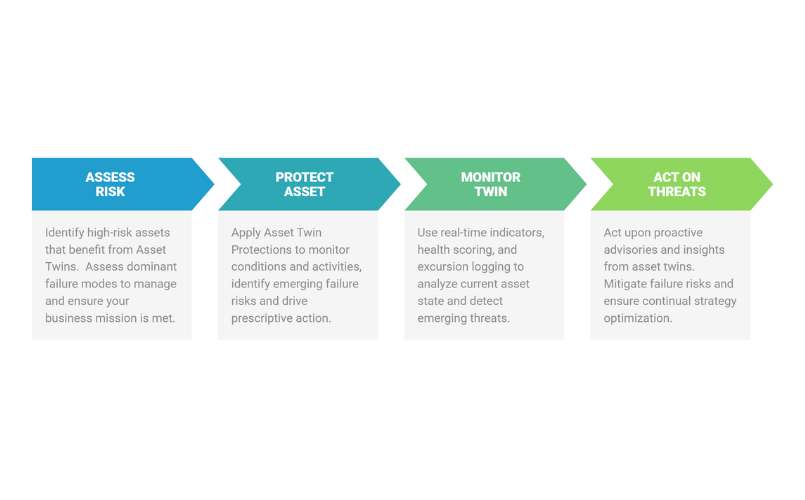Purpose built Asset Performance Management
A structured process is critical to APM program success
There is no better time for a new approach to asset performance management. Why?
The fundamental goal of asset performance management is improved operational performance and productivity. Overall, it serves the business purpose of mitigating risks, reducing costs, and maximizing margins. Most production and infrastructure assets have a life span of 25+ years. So, organizations need to make the best financial decision at every stage of an asset’s life. Leveraging asset performance management, you can accurately determine the maintenance cycle and necessary investment levels. As a result, you not only extend the asset’s useful lifetime but its end-of-life value.
An effective APM platform should translate your asset strategy from a written plan into a dynamic digital reality. It needs to include an optimized set of monitored conditions and specific maintenance actions. And a successful asset strategy must ensure that you stay in front of unplanned failures and maintenance costs. Toward that end, asset performance management centers on asset strategy, implementation, and ‘active’ management and governance.
Itus offers a purpose built approach to APM
Itus Digital offers a seamless process to manage and govern the asset strategy lifecycle. We believe that industry experience combined with a practical business process is critical in developing and maintaining a successful asset strategy. Further, our process engages and integrates all of the key asset stakeholders such as engineering, reliability, maintenance and operations. The business process connects the data and people to drive the active management of asset strategies over the equipment’s lifecycle:
- Start by assessing the risk of credible failure modes on asset that impact business objectives.
- Develop strategies to protect asset from potential failure risk through mitigation activities such as PM’s, Inspections, Monitoring and Overhauls.
- Leverage existing data to monitor asset and operational conditions and automatically prescribe mitigations when threats emerge.
- Ensure appropriate corrective action is take to minimize risk to the business and ensure learnings drive optimization of asset strategy.
Our method guides you through the design, implementation, and management of asset strategies, including digital Asset Twins. We know that the asset twin must be accessible across the organization and for the asset’s entire life span. Further, we believe what can’t or doesn’t get measured doesn’t get improved. That is why we designed our process to enable maintenance, reliability, and operations professionals to easily measure their APM program’s effectiveness. By helping you drive a continuous asset optimization cycle, our model provides increased equipment reliability while lowering operating costs.
Overall, with our approach, you can balance maintenance activities and asset lifecycles within budget constraints. The result is a dramatic drop in unexpected and costly failures and asset downtime. There is no better time for a new approach to asset performance management.
See how Itus Digital has purpose built an APM solution focused on optimizing your asset performance!



